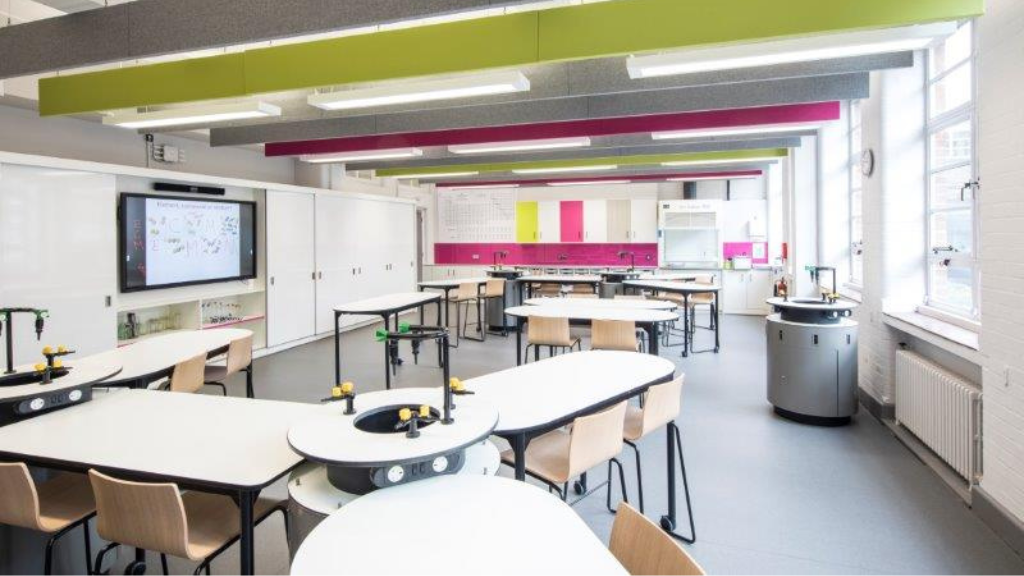Newsletter – 5 Reasons To Have Plants In Your Classroom

There are numerous benefits of introducing plants to your classrooms. From increased well-being to improved focus and engagement, enhancing your curriculum or simply creating a natural air freshener to grow a calmer environment, read on to find out how plants can support your students to greater success!

1. Reinvigorate and refocus students’ brains
Students’ ability to focus is greater with plants in their classrooms due to the decreased carbon dioxide levels. Often noisy, busy areas that can assault the senses, by introducing a selection of plants to your school you can easily engage pupils’ learning at all ages and give your students and staff every chance to calmly flourish creating a fresher, healthier and more natural environment.
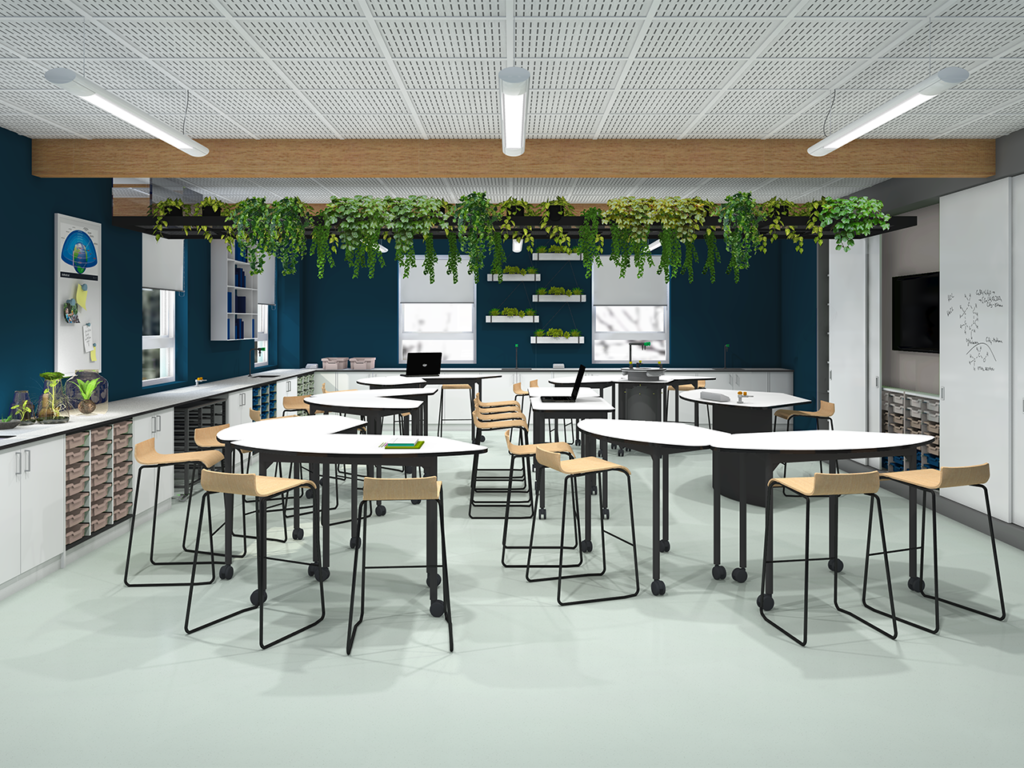
2. Broaden and cultivate your curriculum
Many subjects can add deeper understanding and experiential learning by working with plants in some way. For example, students can track measurements in Maths lessons, produce observational drawings for Art or use them as prompts to write about them in English. Have you thought about Science lessons and using plants’ reaction to light and water, or comparing eco systems?
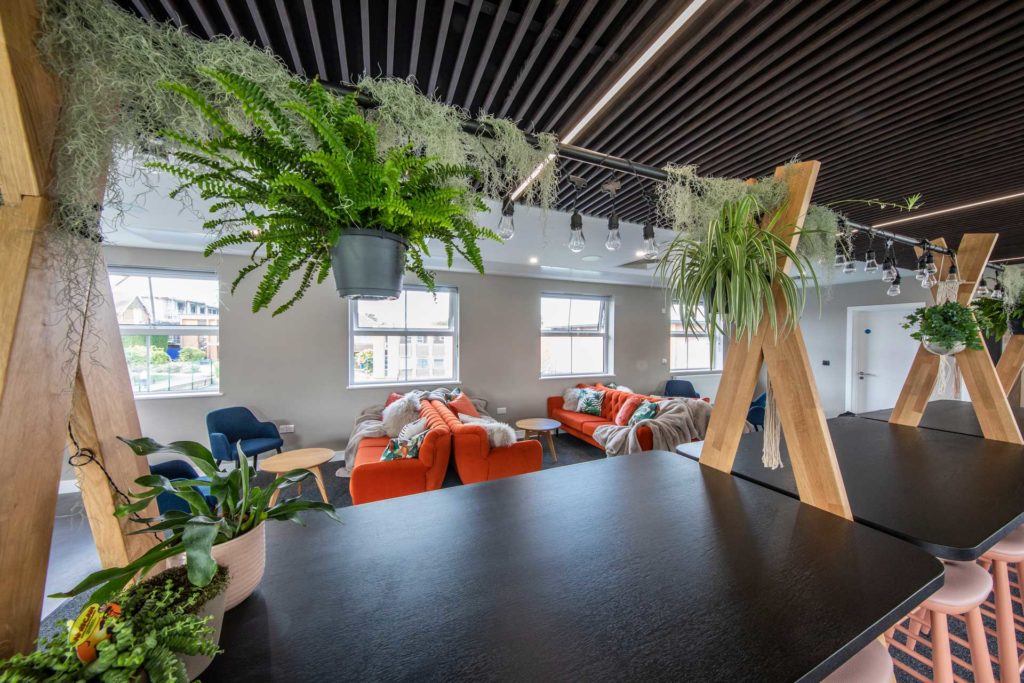
3. Reduce stress and anxiety
Students’ health and wellbeing will be noticeably better in rooms with plants which not only act to decrease levels of carbon dioxide but also give young people the added responsibility of caring for their surroundings. Studies show that looking after plants offers advanced physical benefits such as lowering blood pressure and calms the nervous system for happier students in your school every day.
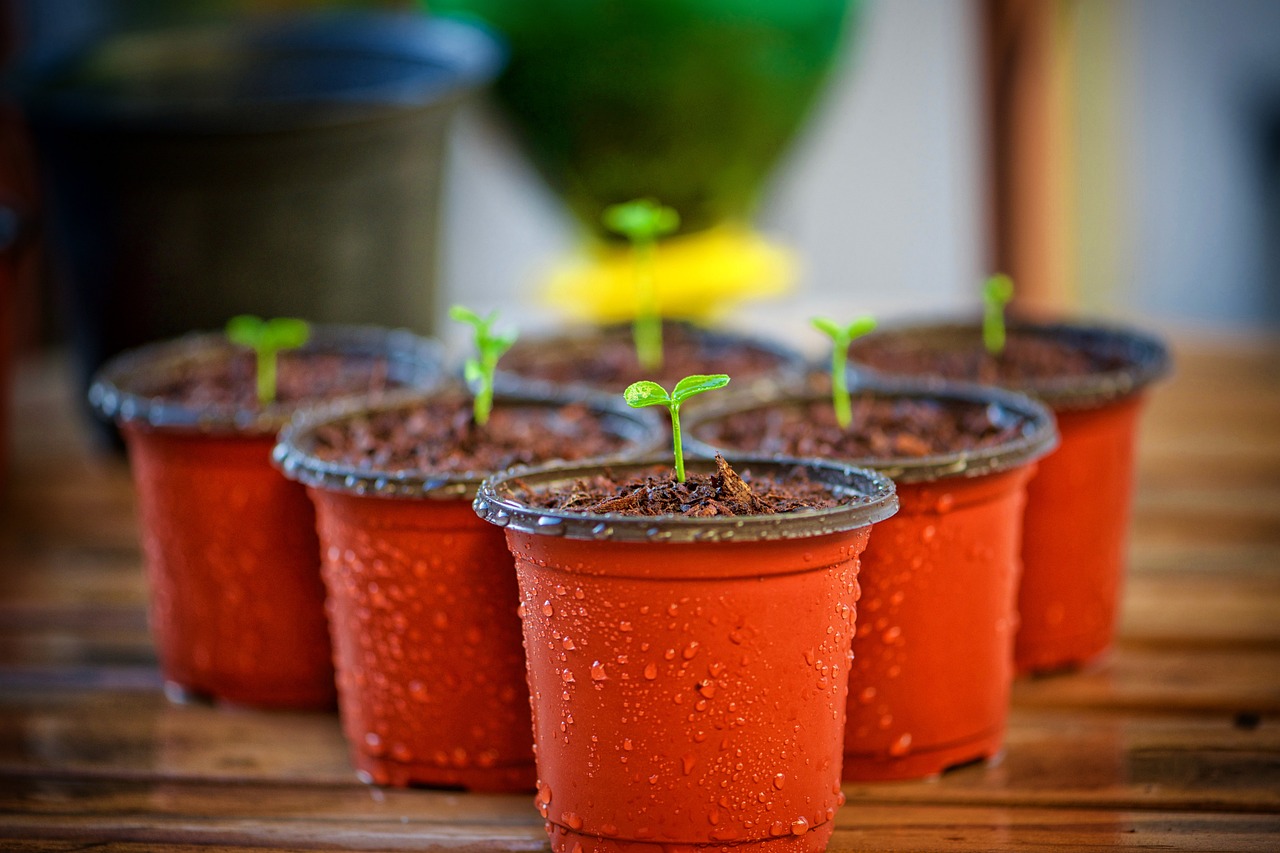
4. Creating a calmer, more successful environment
Deflect noise to aid your students’ concentration, engagement and learning by adding plants to genuinely make classrooms quieter and absorb noise. Increase pupils’ focus with nature’s tools to aid your teachers’ communication and ensure students can do their best whatever the subject lesson.
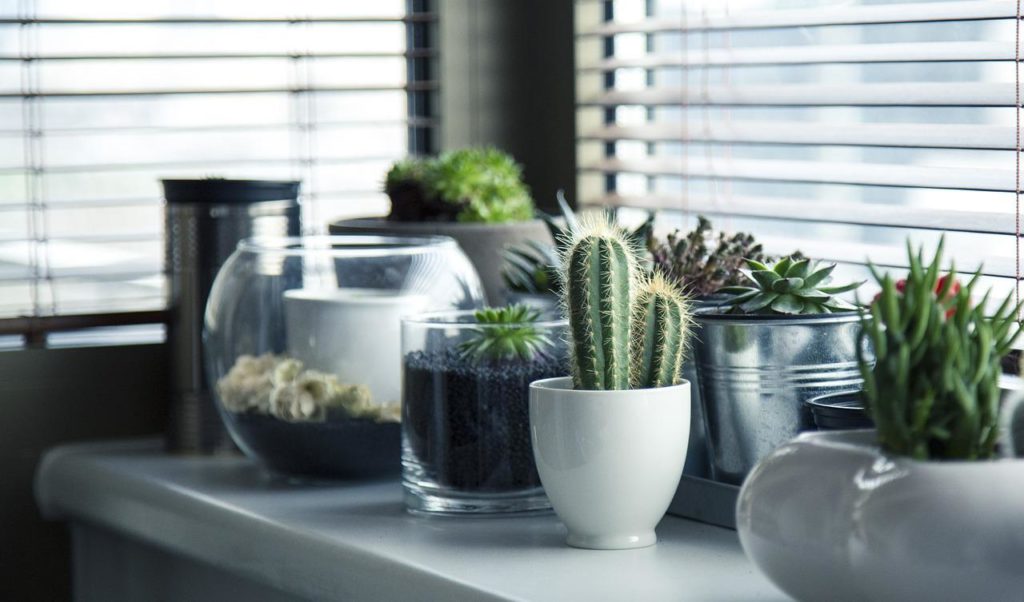
5. Healthier, happier students
Did you know plants reduce pollutants in the atmosphere? By soaking up CO2 levels in their roots and leaves, plants increase cognition levels to make your students healthy; minimise coughs and colds this winter with plants to improve humidity and make the air in your classrooms the best and freshest to breathe.




